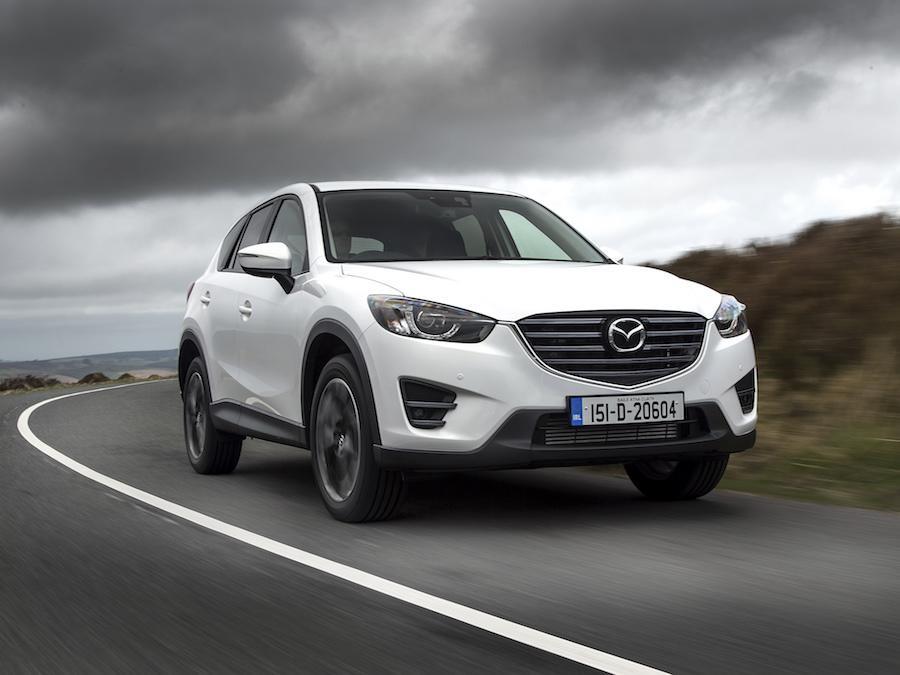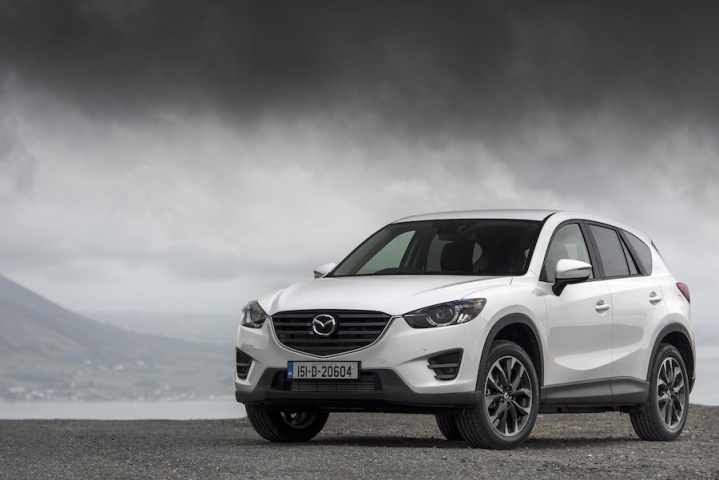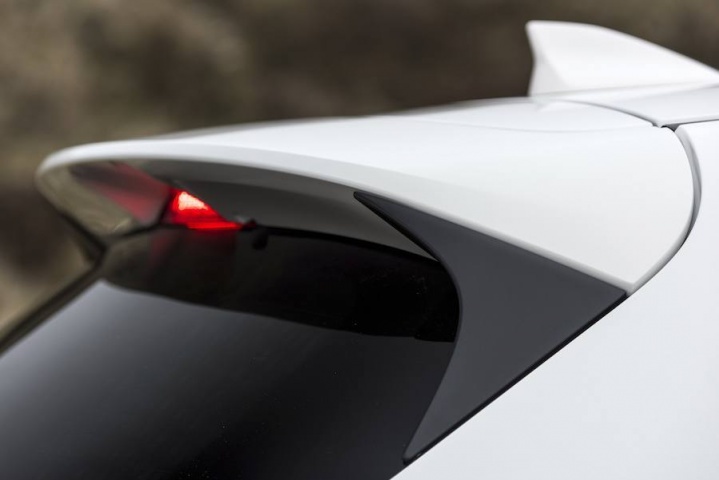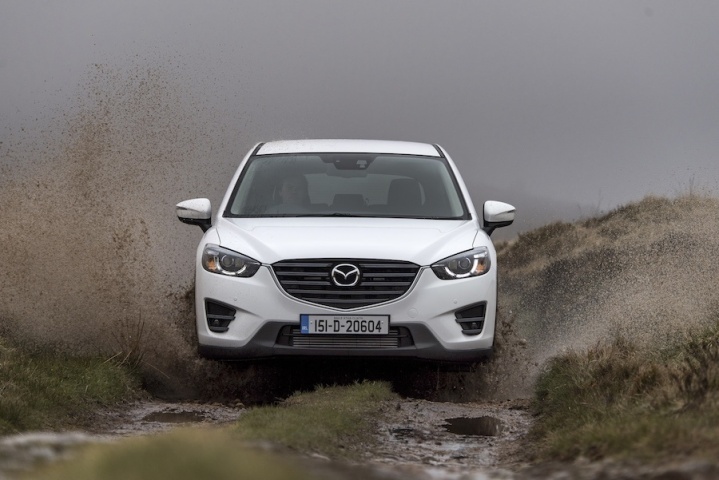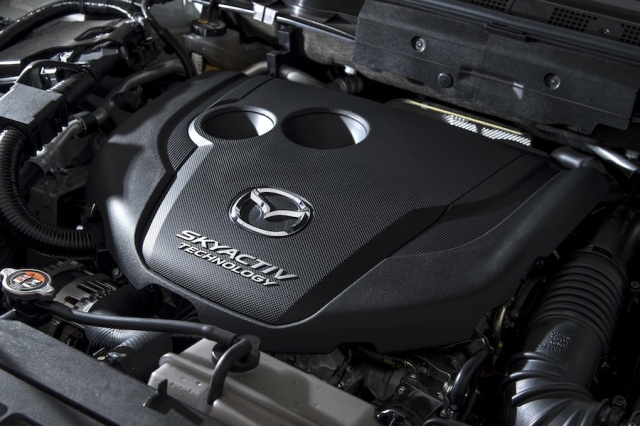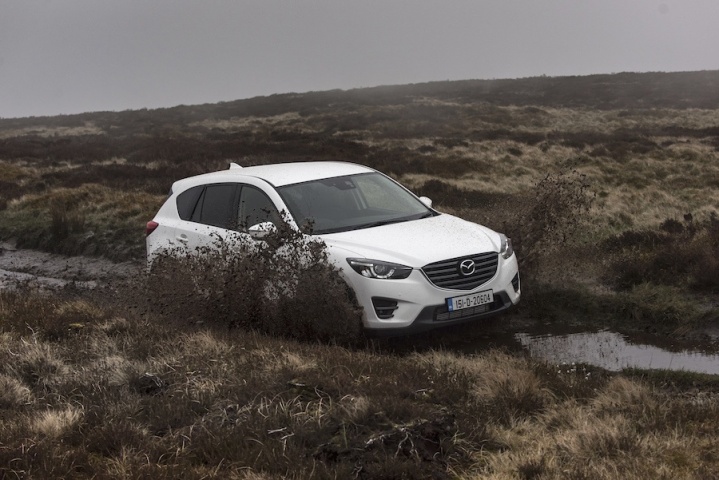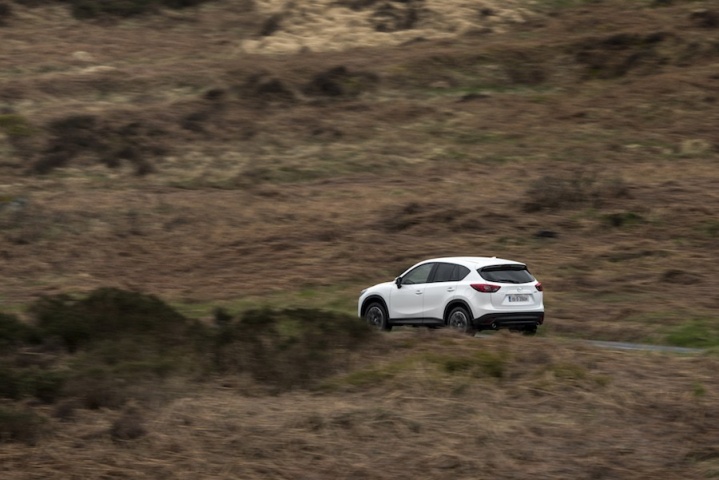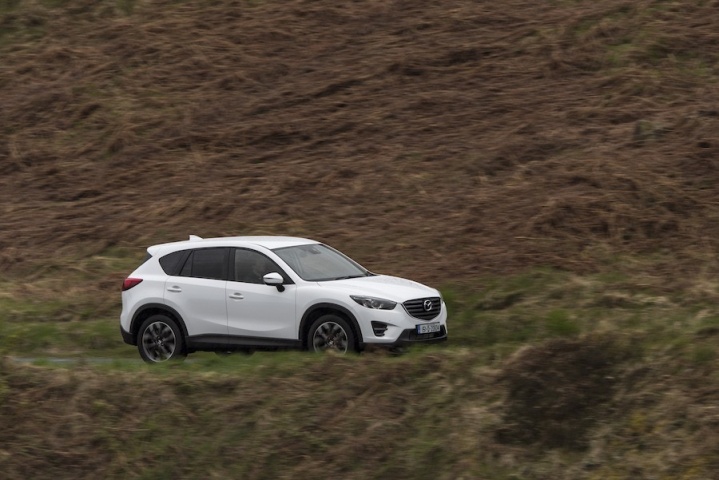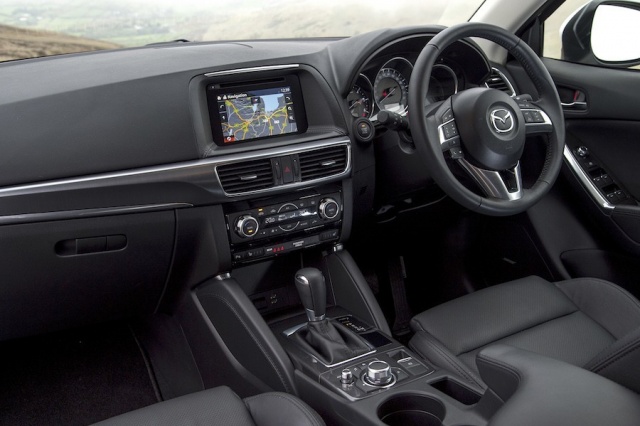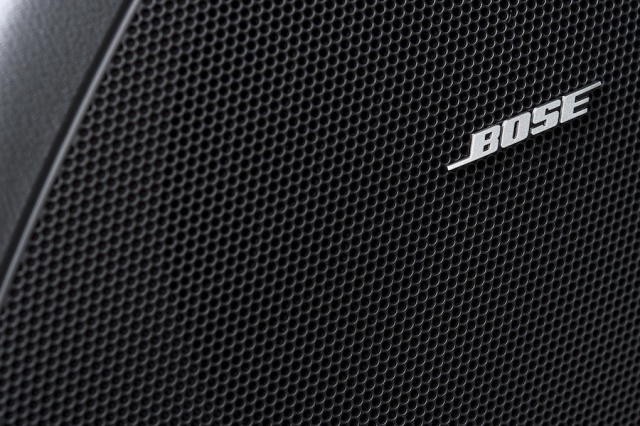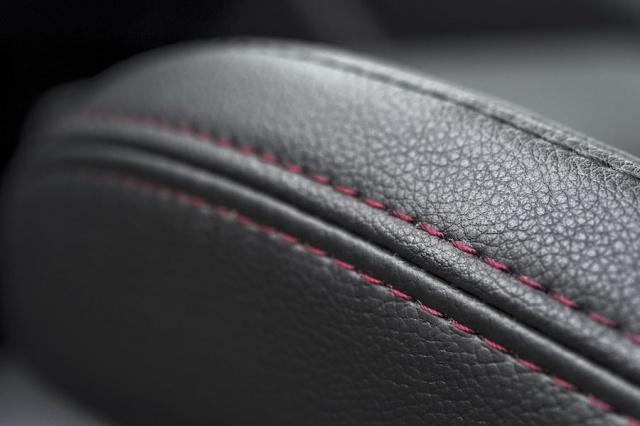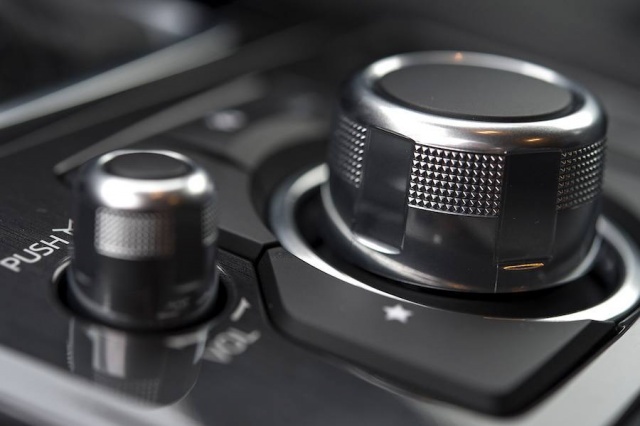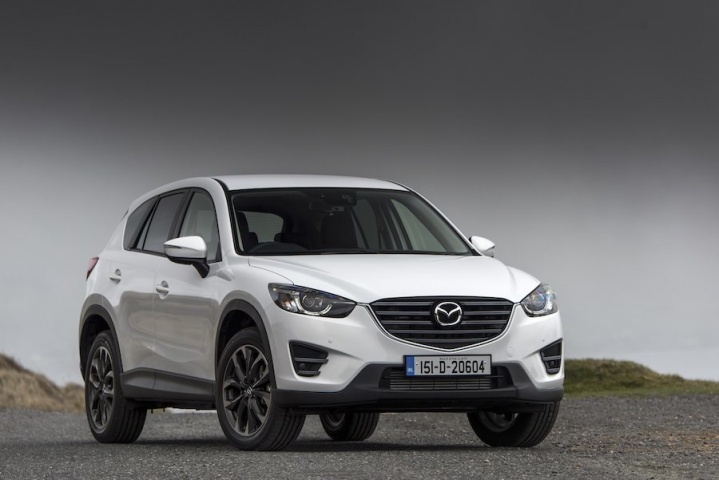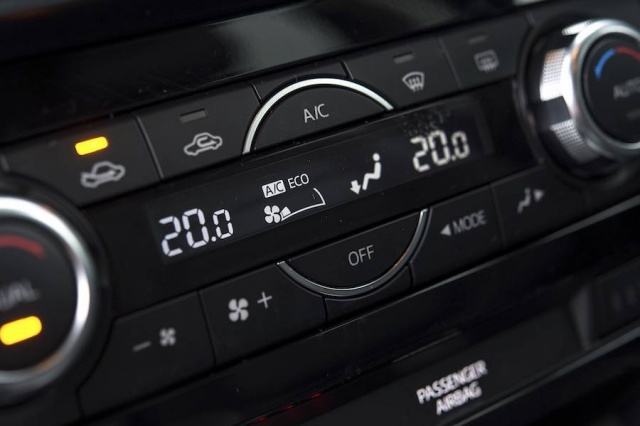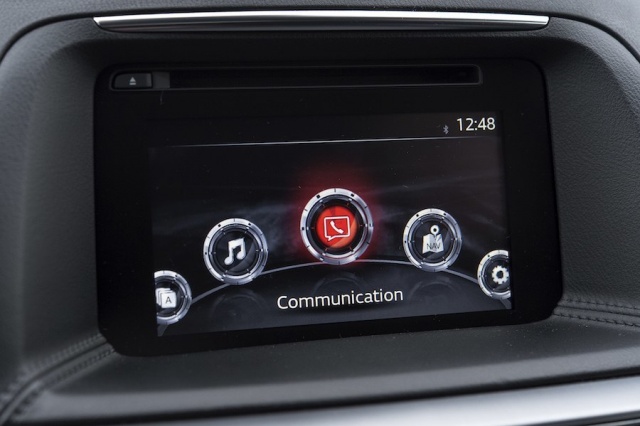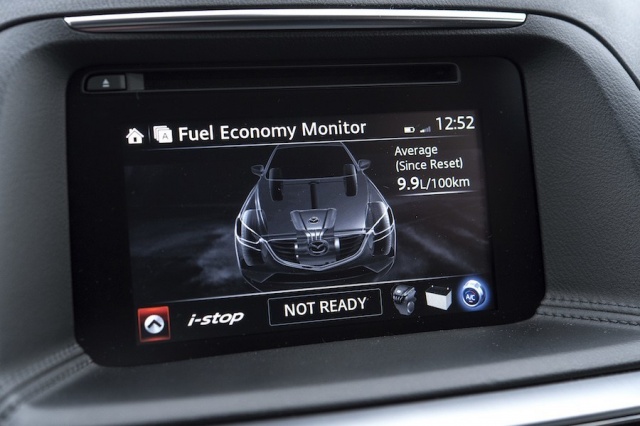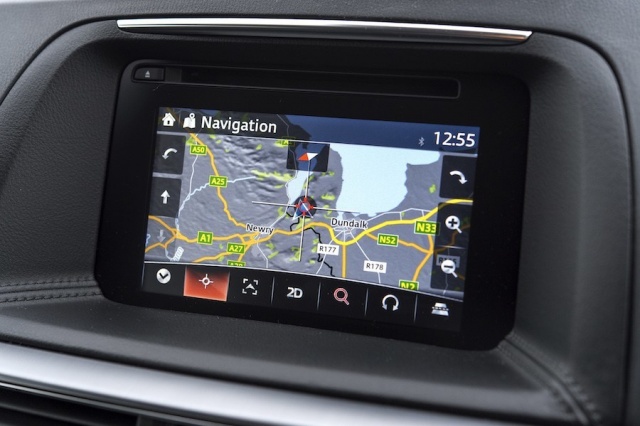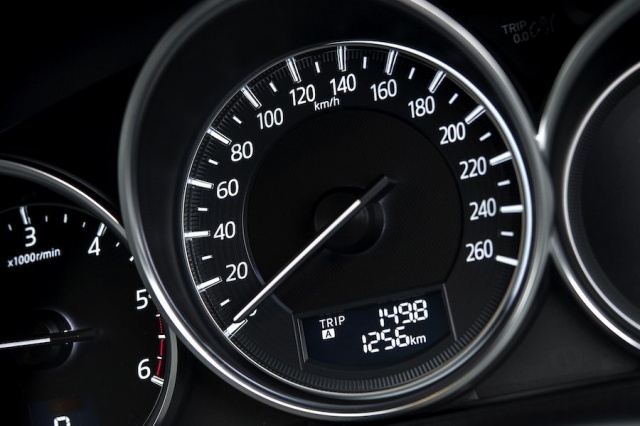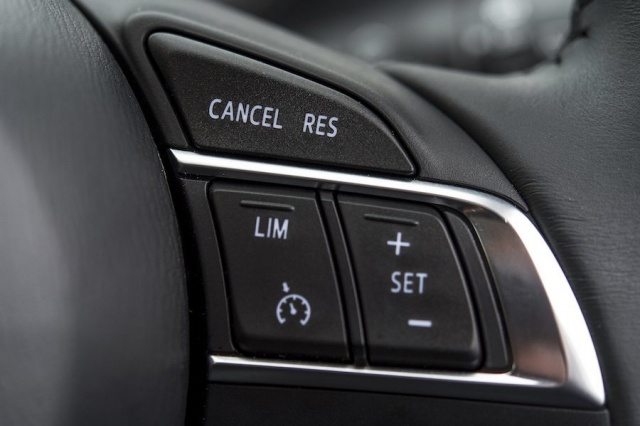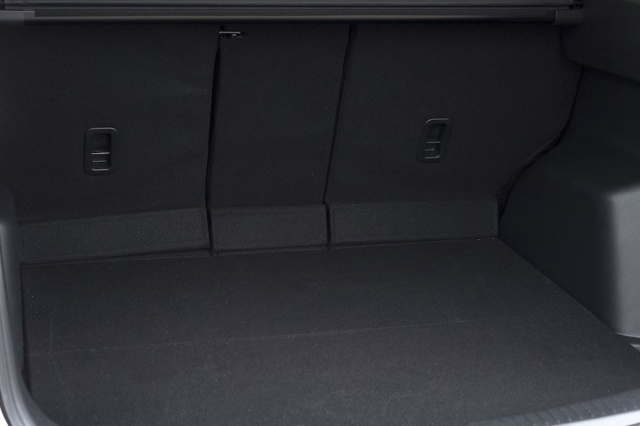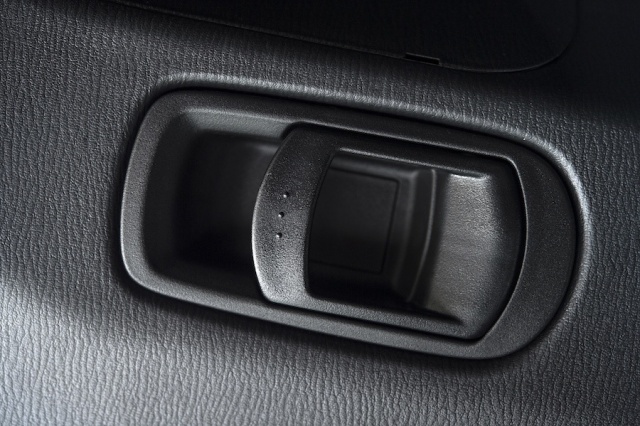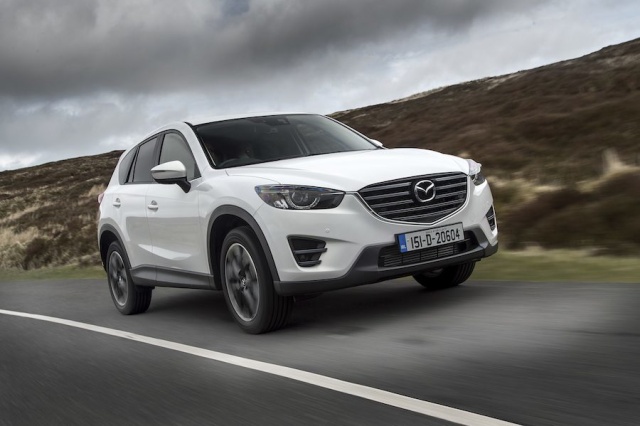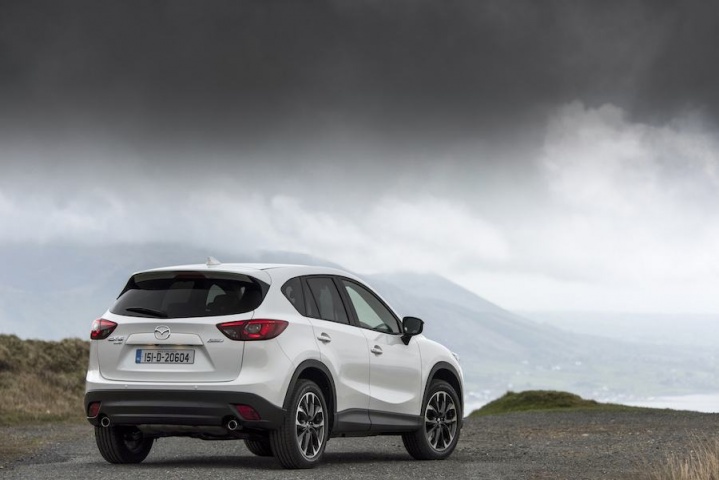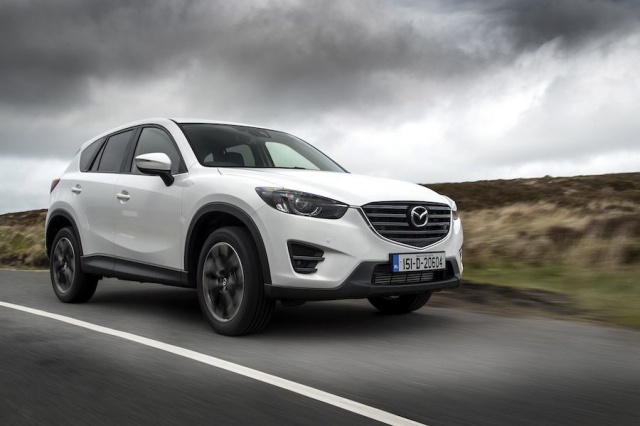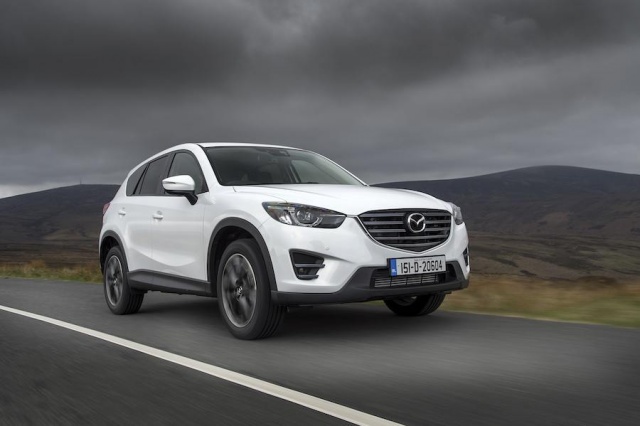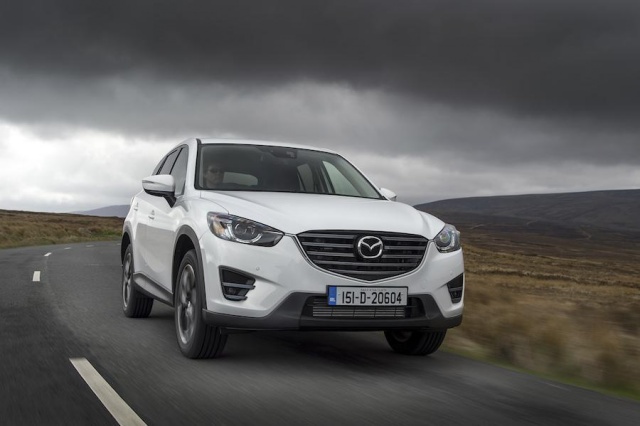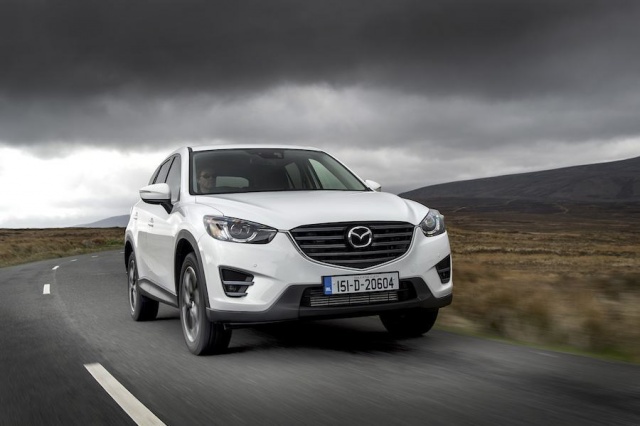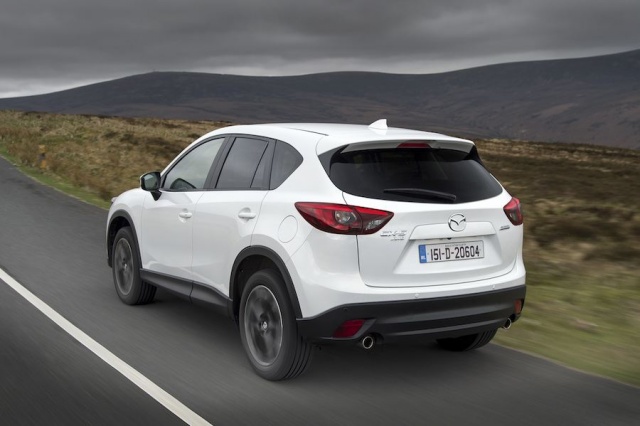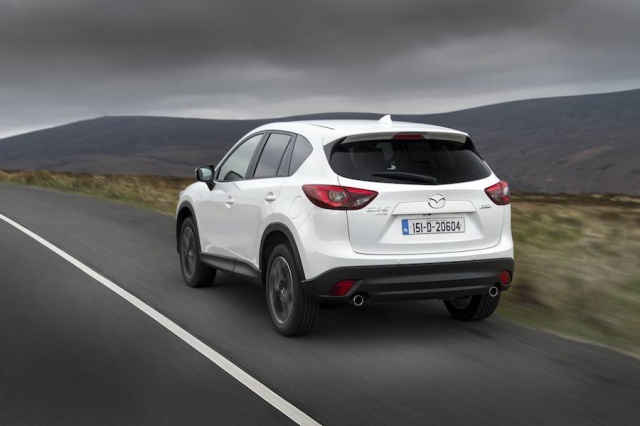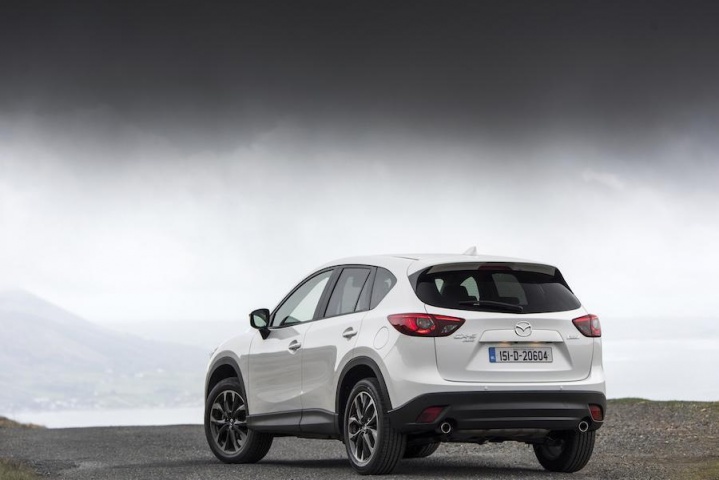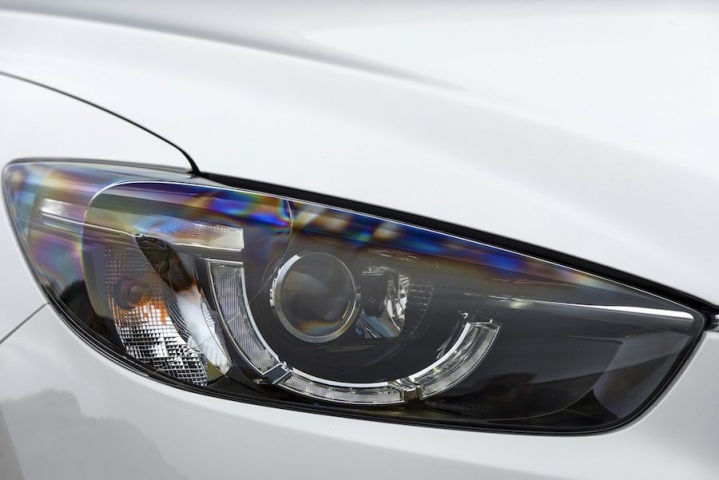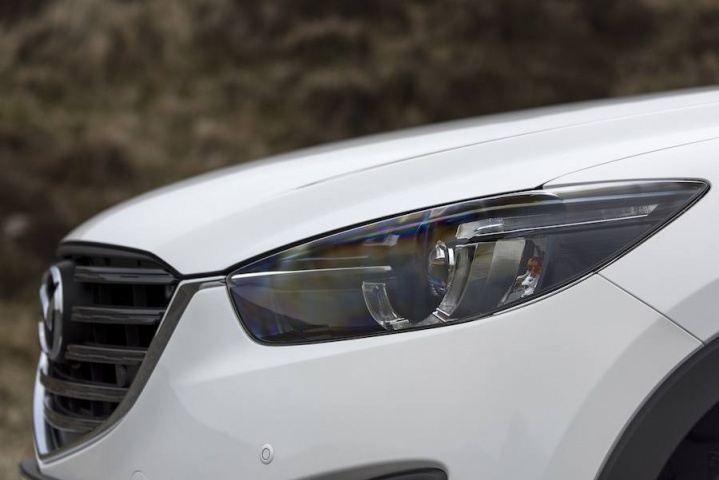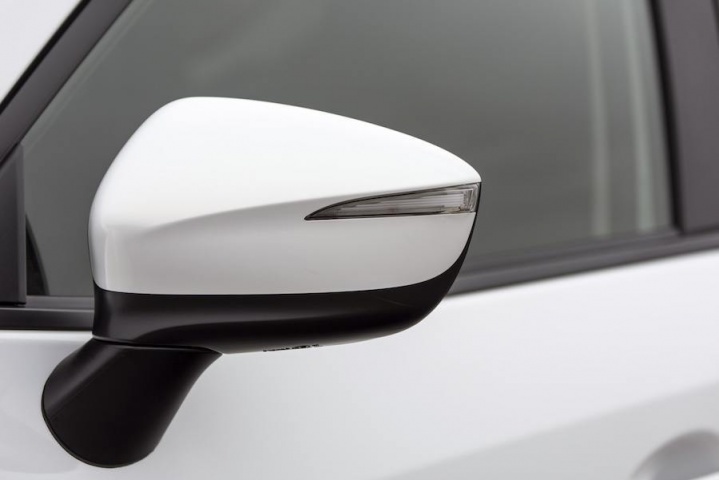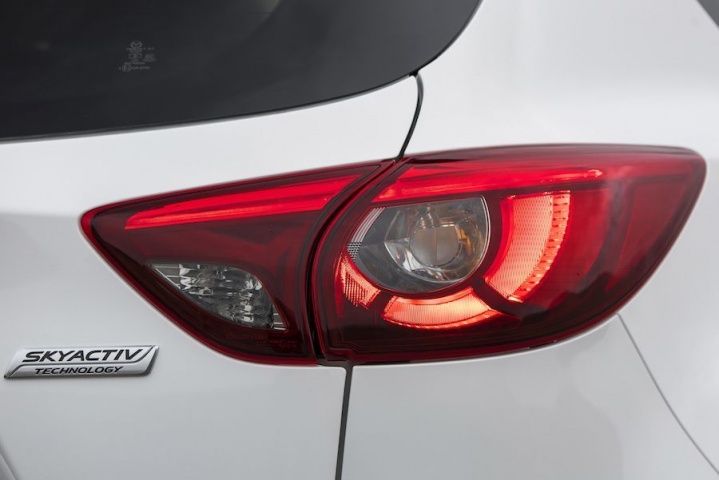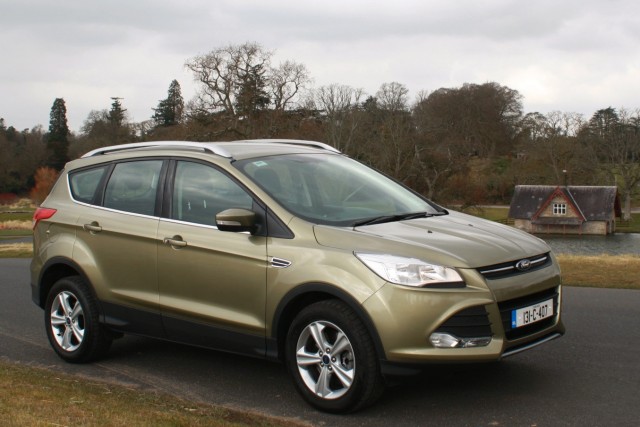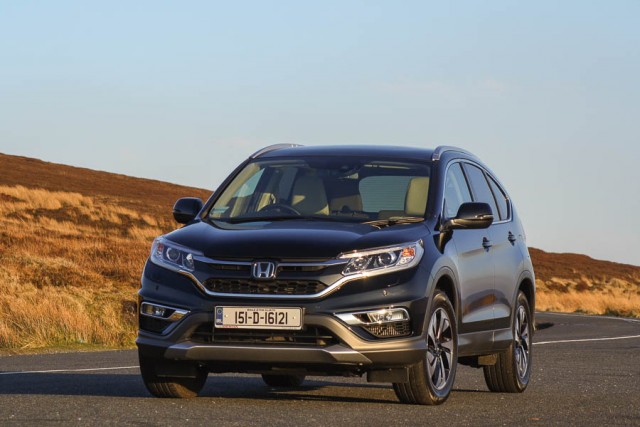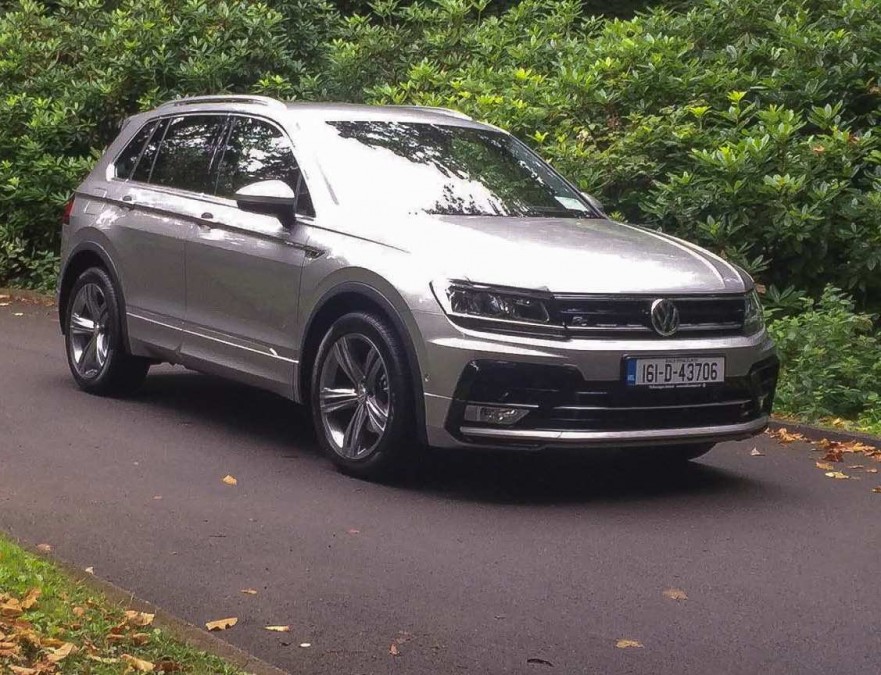Good: terrific to drive, handsome, fantastic quality, improved cabin
Not so good: expensive if you want all the toys, still a bit too thirsty
Kaizen. It's a word most commonly associated with Toyota, which has kind of appropriated it for itself, but it's actually a Japanese word that means 'continuous improvement'. It was first introduced to the West by Masaaki Imai in his book Kaizen: The Key to Japan's Competitive Success, in 1986. It's all about making small changes that have a big impact; a tweak here, a nudge there. It's a very Japanese concept in fact, and one that Mazda has taken wholly to heart.
After all, this is the car company that realised if you can shave a mere 10 grams of mass from something like a rear view mirror, you can then add that to tiny amounts taken from other components and pretty soon, when you add them all up, you've saved kilos overall. Again, a very Japanese way of doing things - it's all about modest precision. It's that philosophy that led Mazda to create its SkyActiv range of chassis and engines (low in weight, low in friction, all about saving energy and emissions, but also providing some driving fun), which first gave us the CX-5 and which, basically, saved a backs-to-the-wall Mazda from bankruptcy.
And now, we have the updated CX-5, which looks... umm... different? Well, not really, but then again that's the way Kaizen works. You don't fix what's not broke; you get on with improving what's not yet perfect. So the CX-5 gets some very, very small exterior tweaks that are basically limited to a new radiator grille and some fancy-looking LED headlights (the main beam of which seems powerful enough to make nearby paint bubble).
Inside, things have changed rather more profoundly, and this is where you see the true workings of Kaizen - the cabin was one of the few areas of criticism we had about the CX-5 originally, so it has been reworked and redone. Successfully too, albeit it doesn't quite have that final covering of gloss and shimmer that you'll find in the also-recently-updated Mazda6 saloon and estate (a car that can convincingly give BMW and Audi a run for their cash in the quality stakes). There is a nice new central infotainment screen, which works from a combination of touchscreen and a rotary controller mounted between the seats. It's a little fiddly at times (Do I touch? Do I scroll?), but it works well with most mobiles and has some new tricks such as reading out your text messages, and allowing you to reply to them with pre-set text. 'Bugger off' was the one I set and used most...
The quality of the materials used has also taken a significant step up, which really lifts the cabin overall. It remains a little bit dark and dour, but the extra niceness of the plastics has made it a better place in which to spend time.
It's comfortable too, and space in the back and boot (503 litres with the seats up) is decent. It's not quite decent enough though, certainly at this price level. While the most basic €27,000 CX-5 is a good match for the likes of the Ford Kuga or Honda HR-V, at the €40,000 level being asked for this 175hp 4WD 'Platinum' version, it's up against much more spacious and imposing cars such as the Kia Sorento and Hyundai Santa Fe. Mazda really needs to stretch the CX-5's interior if it's going to compete in that stratosphere.
Still, it's an utterly lovely thing to drive. The steering, which feels a bit rubbery and slightly odd at parking speeds, soon starts to pick up both precision and feedback and the sheer confidence that the CX-5 gives you when tackling unfamiliar roads in lousy weather really has to be experienced. There is no better compact SUV or crossover to drive, right now.
The 2.2-litre diesel, which is very refined and smooth once you give it the chance to warm up a bit, is also massively punchy in this 175hp spec. You'd never accuse the more affordable 150hp version of feeling under-fed, but here, the extra torque really lifts things onto another plane, and the CX-5 feels really genuinely sporty to drive.
It is still a bit too thirsty though. Mazda has put a lot of work into making its 2.2-litre diesel return better real-world economy figures, but it remains frustratingly short of where you'd ideally like it to be. Mazda quotes 55mpg, but we couldn't do better than high-thirties most of the time. It's not that bad, compared to the opposition, but when promises are being made of high efficiency and low consumption, it's a bit disappointing.
Mind you, the CX-5 still stands out in the class as being one of the few such cars that feels tuned for the enthusiast. If family life has forced you down the SUV route, but you still want to enjoy your driving, this is the one to have. No Kaizen is needed on the CX-5's dynamic repertoire.

